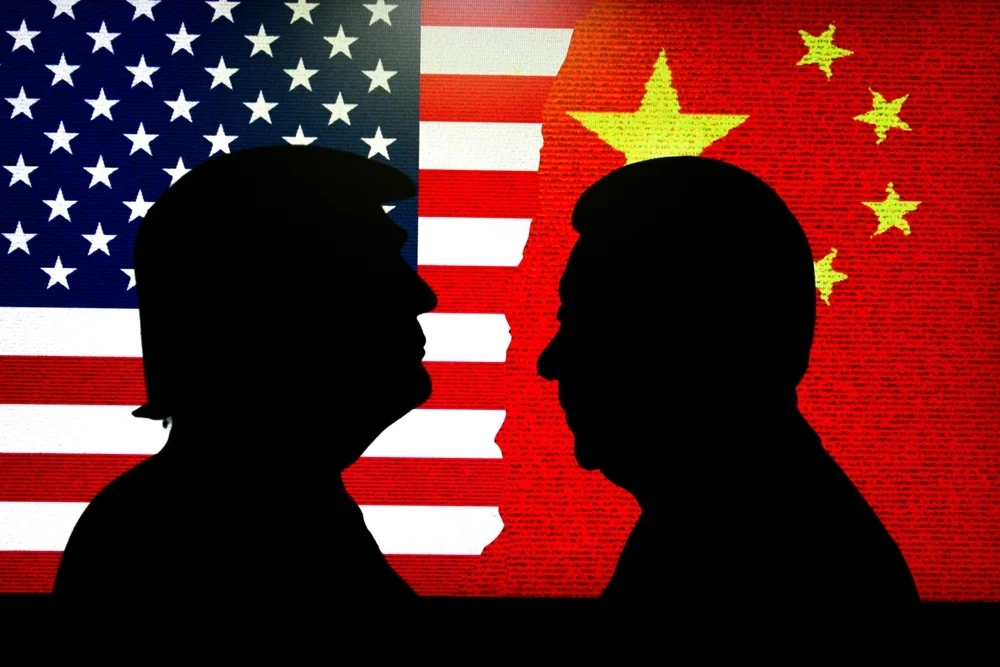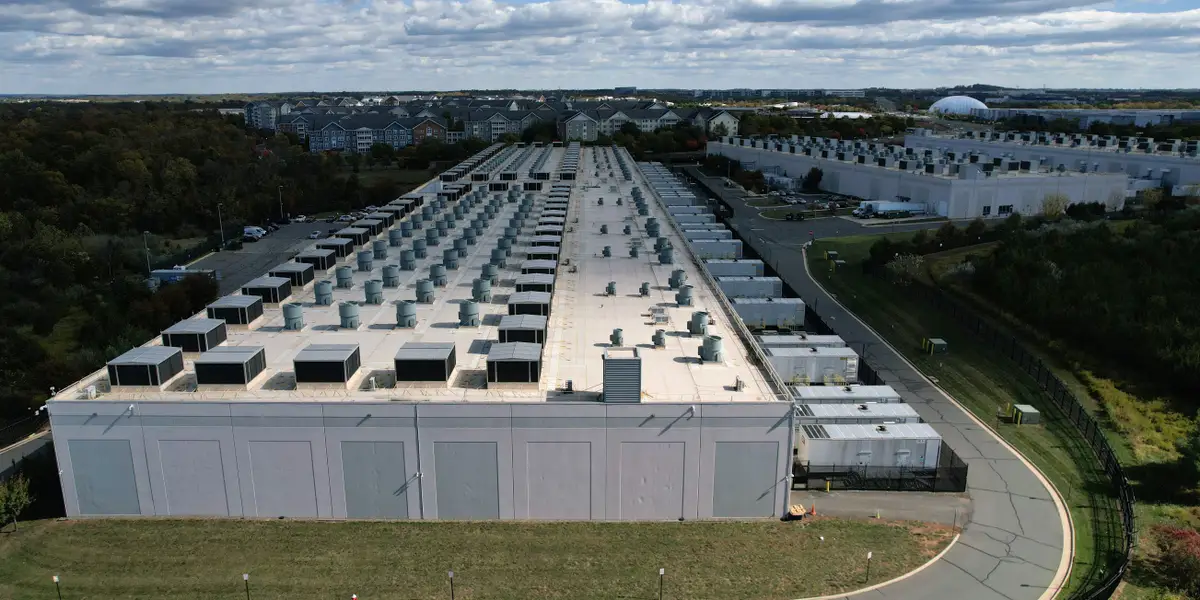Copyright Benzinga

China is tightening its grip on rare-earth exports in a high-stakes economic play, threatening global supply chains in sectors like technology, defense and semiconductors, yet analysts warn the move could backfire by accelerating diversification efforts and provoking harsher U.S. tariff retaliation. On Oct. 9, China expanded its export controls on rare earths and magnet-related materials, critical components in the production of semiconductors, electric vehicle batteries, defense systems and AI hardware. The country commands a near-total dominance in the sector, accounting for 92% of global refining and 98% of magnet manufacturing. In response, President Donald Trump described the move as "sinister and hostile," announcing the possibility of slapping an additional 100% tariff on Chinese imports — on top of the levies already in place. Why Do Rare Earths Matter? The rare-earth market may be small — with a global value of just $6 billion last year — but its importance is disproportionate. These minerals power a broad array of high-tech and military devices. Even minor disruptions in their supply can ripple through global industries. Goldman Sachs analyst Daan Struyven said the highest risk of Chinese export halts falls on samarium, graphite, lutetium and terbium — all of which are vital for defense technologies and electronics. He also added that the May tightening led to a 31% year-over-year decline in rare-earth export volumes and a staggering 74% drop in magnet exports, triggering disruptions such as a brief pause in Ford Motor Co.‘s (NYSE:F) EV production. Can The World Afford To Rely On China? Andrew Tilton, another Goldman Sachs economist, said China's grip extends well beyond raw mineral supply. The country dominates the entire rare-earth value chain — from extraction to processing to final magnet assembly. "While ‘light' rare earths are more widely available, the ‘heavy' ones — such as dysprosium and terbium — are much harder to find outside of China and Myanmar," Tilton said. "The U.S. is investing heavily in this space, but several major facilities won't be online until 2028." He added that while current defense stockpiles are sufficient for now, a prolonged cutoff could ultimately constrain production in critical sectors. Would Trump’s 100% Tariff Hurt China More Than The US? Goldman Sachs estimates the total drag on China's GDP growth could be just over 2.5 percentage points if Trump's proposed tariffs are fully implemented. About 1 percentage point has already been baked into projections, following this year's earlier round of tariff hikes. Trade diversion and rerouting to other Asian economies like Vietnam have softened the blow somewhat. But the threat of major new tariffs — particularly on sensitive goods like electronics and machinery — could accelerate the global decoupling from Chinese manufacturing. Even so, Polymarket bettors currently see only an 11% chance that the full 100% tariffs will take effect by Nov. 1, the deadline Trump set. Both sides have reportedly signaled some willingness to deescalate ahead of a potential meeting between Trump and Chinese President Xi Jinping at the APEC summit in South Korea. What Are The Global Implications? In a note shared Tuesday, Veteran Wall Street analyst Ed Yardeni said China's move risks triggering a "boomerang effect," as companies and governments begin reassessing their supply chain strategies. G7 finance ministers have already pledged to coordinate their responses to China's export controls, and the Trump administration has been quick to align itself with allies like Australia, Canada and India. U.S. officials aren’t sitting still, either. Earlier this year, Washington invested $400 million in MP Materials Corp. (NYSE:MP) to support domestic rare-earth magnet production and took a 10% stake in Canadian miner Trilogy Metals Inc. (NYSE:TMQ) As Yardeni put it, Beijing "may have gone too far this time." By weaponizing its economic pressure points, China risks convincing the world that doing business there is just too risky. Read Next: China’s Growth Engine Is Sputtering—And Trump’s Tariffs Are To Blame Photo: Shutterstock



